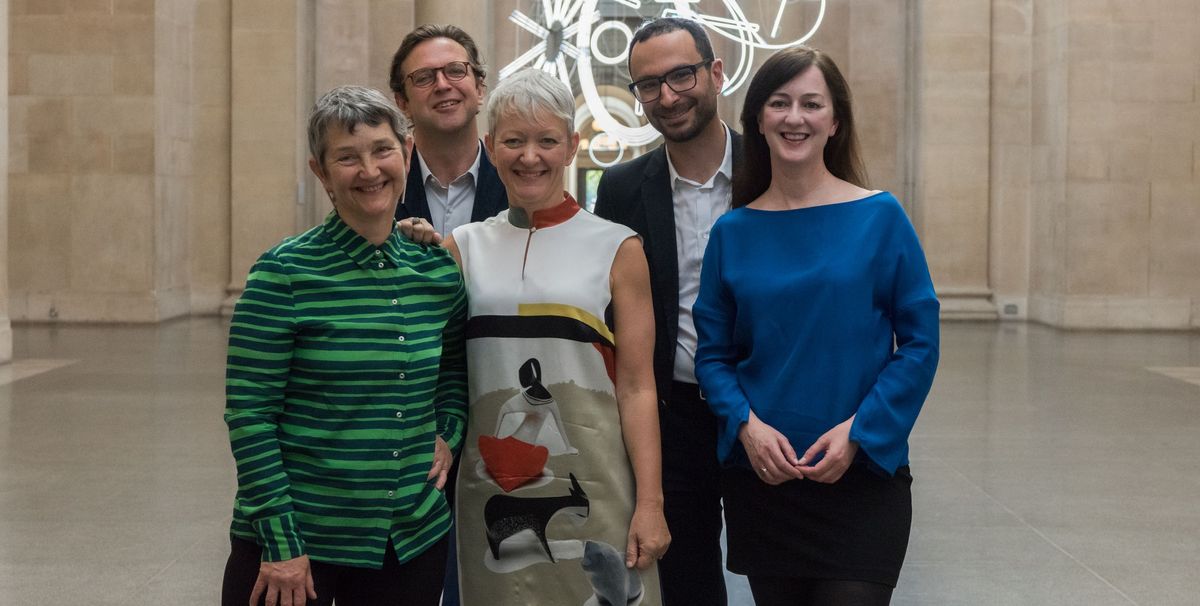Maria Balshaw started work yesterday (1 June) as director of Tate, taking over from Nick Serota, who had held the post for 29 years. She began by greeting most of the London-based staff who gathered at Tate Britain, before going on to meet groups from different departments and ending with a reception for selected journalists.
Balshaw, who was director of Manchester Art Gallery and the Whitworth Art Gallery, is getting to know staff at the UK’s largest museum, in terms of employees. Already it is clear that she will be delegating more authority to the directors of Tate’s four venues—Tate Britain and Tate Modern in London, Tate Liverpool and Tate St Ives. Serota, because of his unique qualities and long experience, played an unusual role as overall director, but this is bound to change under the new regime.
One interesting development will be a greater emphasis on “event-driven” culture, such as performance. Tate’s trustees also decided a few weeks ago to encourage artists and audiences to “take risks” in presenting art and they also want a greater integration of “the physical and the digital”. Balshaw, who attended the meeting, has a background in contemporary art and will be moving in these directions.
What Balshaw will not be doing are new building projects, mainly because of the opening of Tate Modern’s extension in June 2016 and the phased reopening of Tate St Ives this year. Fundraising efforts will therefore be more focussed on acquisitions. Meanwhile, Serota is now ensconced at Arts Council England, where he took over as chairman in February.


